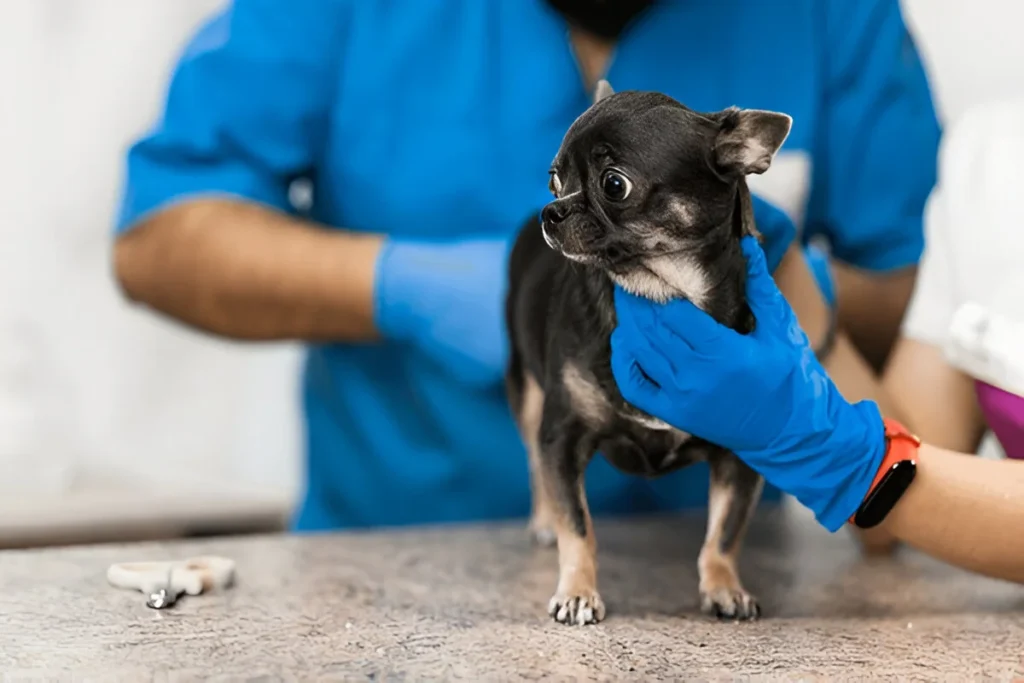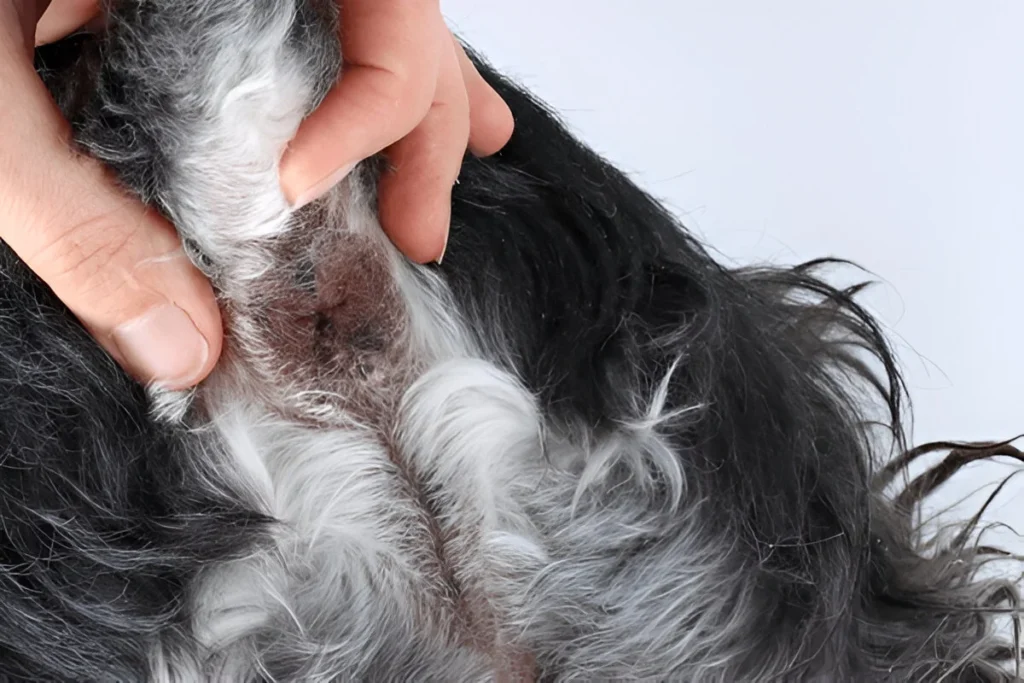-
P, 193, A, Ramakrishna Samadhi Rd,Kolkata- 700054
P, 193, A, Ramakrishna Samadhi Rd,Kolkata- 700054

Anal gland issues in pets can cause discomfort and behavioral changes. Learn symptoms, treatment, and when to visit a pet clinic.
As pet parents, we often focus on visible signs of wellness—glossy fur, appetite, and playfulness. But there’s one lesser-known health issue that can significantly impact your pet’s comfort and behavior: anal gland issues in pets.
Though this condition may sound minor, it can lead to painful infections, behavioral shifts, and even surgery if not addressed early. In this guide, we’ll explore everything you need to know—from causes and symptoms to treatment and prevention—using a compassionate, expert-informed approach.

Dogs and cats have two small sacs located on either side of their anus—these are called anal glands or anal sacs. These glands release a strong-smelling secretion when your pet defecates. In the wild, this scent was used for territory marking or communication.
In a healthy pet, these sacs empty naturally. However, when they don’t, problems begin.
When the glands fail to empty properly, fluid builds up. This can lead to:
Common reasons include:
The symptoms are often uncomfortable for your pet—and noticeable to you. Keep an eye out for:
Remember: Early recognition is key to treatment.
If symptoms persist for more than a couple of days or worsen quickly, professional intervention is critical. Ignoring these signs could lead to infections or permanent damage to the glands.
That’s why many responsible pet parents choose professional evaluation, where trained veterinarians can safely express the glands, diagnose infections, and ensure comfort-focused care.
Once diagnosed, the treatment will depend on the severity of the condition.
Prevention is often better than cure—especially when it comes to anal gland issues in pets. Here are some steps you can take:
Incorporating these habits into your pet’s routine can significantly lower the risk of recurrence.
Yes. Smaller dog breeds tend to suffer more frequently due to narrower anal ducts and softer stools. Breeds such as:
Cats are less commonly affected but can still develop impaction or infection, particularly overweight or older cats.
Annual health checkups—or semi-annual for senior pets—allow early detection of issues that aren’t always visible at home. A good veterinarian doesn’t just look at your pet’s teeth or heart—they check glands, skin, joints, and behavior patterns.
Reputable veterinary clinics often emphasize whole-body wellness, where anal gland care is just one small but essential part of maintaining your pet’s overall health.
Some pet owners look into natural or supportive therapies to reduce recurrence. While these are no substitute for veterinary care, they can be complementary:
However, always consult a vet before starting any home-based remedy.

Q1: Can I express my pet’s anal glands at home?
It’s not recommended unless trained by a vet or groomer. Incorrect handling can cause trauma or infection.
Q2: How often should my pet’s glands be expressed?
It varies. Some pets never need it; others require it monthly. A vet can suggest a schedule based on your pet’s health.
Q3: Are anal gland problems painful for pets?
Yes. Symptoms like scooting, licking, or crying when sitting can indicate significant discomfort.
Q4: Do cats suffer from anal gland issues?
Less frequently than dogs, but yes. Overweight or older cats may develop impaction or infections.
Q5: Will this condition go away on its own?
Rarely. Ignoring symptoms may lead to worsening infection or rupture. Professional care is strongly advised.
While it might seem like a minor health concern, anal gland issues in pets can lead to serious complications if ignored. Being informed, observing early symptoms, and acting quickly can keep your furry companion pain-free and happy.
Whether it’s a routine expression or a more involved treatment, pet care centers staffed by professionals bring not only relief to pets but also peace of mind to their humans.
If your pet shows signs of discomfort or unusual behavior, don’t wait. Regular checkups, a healthy diet, and prompt attention can make all the difference in long-term wellbeing.